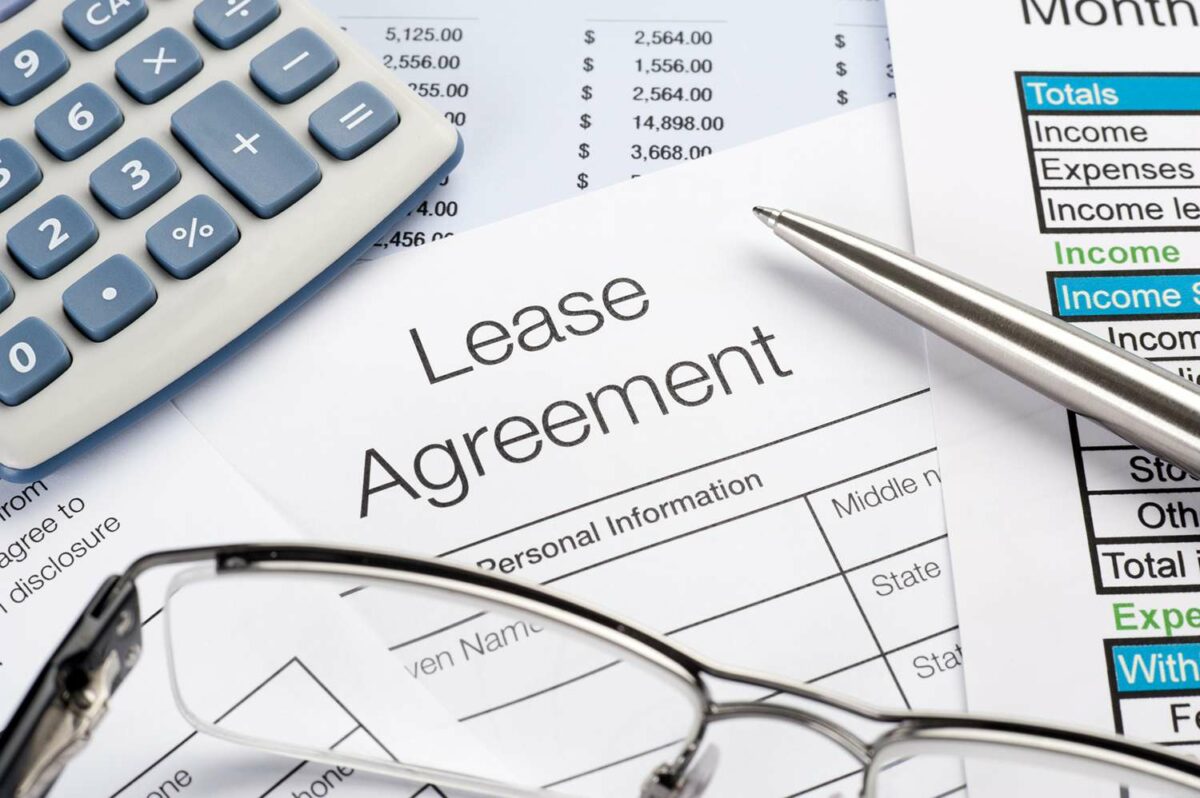It seems like ages ago that the lease accounting standard, FASB Topic 842, was first introduced.
However, after multiple years of delayed implementation for nonpublic entities, including nonprofit organizations, it’s time to start planning seriously to adopt this new standard again.
As a refresher, the 30,000-foot view is that organizations will be required to recognize assets and liabilities on the Statement of Financial Position for their operating leases. This is a significant change from the current Generally Accepted Accounting Principles (GAAP), which require disclosure of these leases but not recognition on the Statement of Financial Position.
On the surface this may seem simple enough, but organizations should take several steps now to ensure a seamless adoption of this upcoming standard.
Effective date
The effective date of the standard, which was last deferred by Accounting Standards Update (ASU) No. 2020-05, Revenue from Contracts with Customers (Topic 606) and Leases (Topic 842): Effective Dates for Certain Entities, is for December 31, 2022, reporting (said another way, fiscal years beginning after December 15, 2021). Early adoption is permitted.
What to consider
- Start a log of your organization’s current leases. (Refer to our Nonprofit Quick Tip: Lease Inventory Policy.)
- Be alert for embedded leases (leases contained in larger arrangements, such as the right to a dedicated server in a larger IT-related contract).
- Determine if software is needed to manage leases.
- Differentiate lease components from non-lease components (i.e., maintenance services) in existing lease agreements.
- Determine if you have any debt covenants that changes to the balance sheet could impact.
- Begin educating stakeholders (lenders, grantors, etc.) and board members on potential changes to the financial statements.
- Consider necessary changes to policies, procedures and internal controls related to the new standard.
Common places to look
In general, the standard applies to all leases with terms over 12 months and includes, but is not limited to:
- Office space and real estate
- Copiers and other office equipment
- Phone systems
- Automobiles
Impact of implementation
The new guidance intends to provide financial statement users with a more complete picture of the extent of an organization’s right-of-use assets and the impact on its future cash flows. The change will improve the understanding and comparability of a lessees’ financial commitments regardless of the manner they choose to finance the assets.
With the implementation of the new guidance, expect to see enhanced footnote disclosures and new line items added to the statement of financial position to reflect the lease liability and asset.
Additionally, many nonprofits choose to present comparative financial statements; if so, the comparative year financial statement column will need to be restated to reflect the adoption of the new standard.
If you have questions or need assistance with accounting for your organization’s leases, please contact your local Yeo & Yeo professional.

